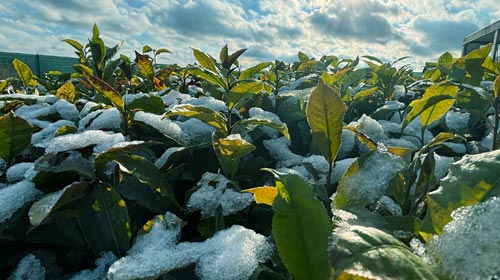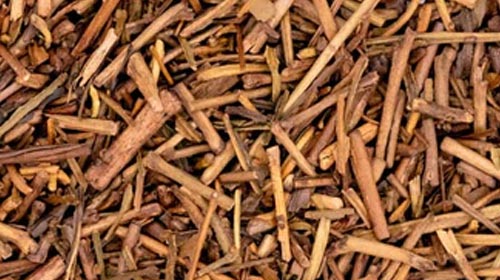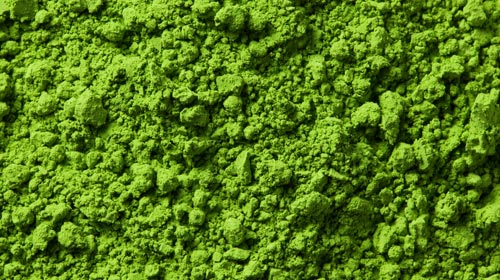Winter hardiness: How to prepare your tea plant for the cold season
Camellia sinensis not only brings a touch of the Far East to your garden, but also surprises with its adaptability. Many people wonder: How well does this tea plant cope with cold? The good news: With a little attention, it usually survives the winter without problems – even in harsher climates.
How to support your tea plant in winter
Light, but no stress: Like on the tea plantations in China, your plant also appreciates partially shaded locations – especially in winter. Imagine the soft light under the sparse treetops in Hangzhou, and you'll get the picture.
Moisture is crucial: As an evergreen plant, Camellia sinensis doesn't lose its leaves – but sunlight and winter winds still draw moisture away. When the ground is frozen and the roots can no longer absorb water, things get critical.
Practical winter tips
Mulch generously: Cover the root zone with a 20–30 cm layer of straw or autumn leaves. This natural insulation protects against frost and retains moisture in the soil.
Special protection for potted plants: Wrap the plant pot in fleece or bubble wrap and place it somewhere sheltered from the wind—for example, against a house wall or in a simple cold frame. In severe frost, even a short stay indoors can help.
Keep an eye on the temperature: If temperatures remain below zero for more than three to four days, you should move your potted plants to a bright, frost-free location. In severe frost (below -6°C or even -15°C), covering them with plant fleece or shade cloth will help—both in the bed and in the pot. Remove the cover during milder periods to allow the plant to breathe.
Whether in a protected wine-growing climate or on a windy mountain terrace – with these measures your tea plant will survive the winter safely and give you fresh, tender shoots in the spring.




Leave a comment
This site is protected by hCaptcha and the hCaptcha Privacy Policy and Terms of Service apply.